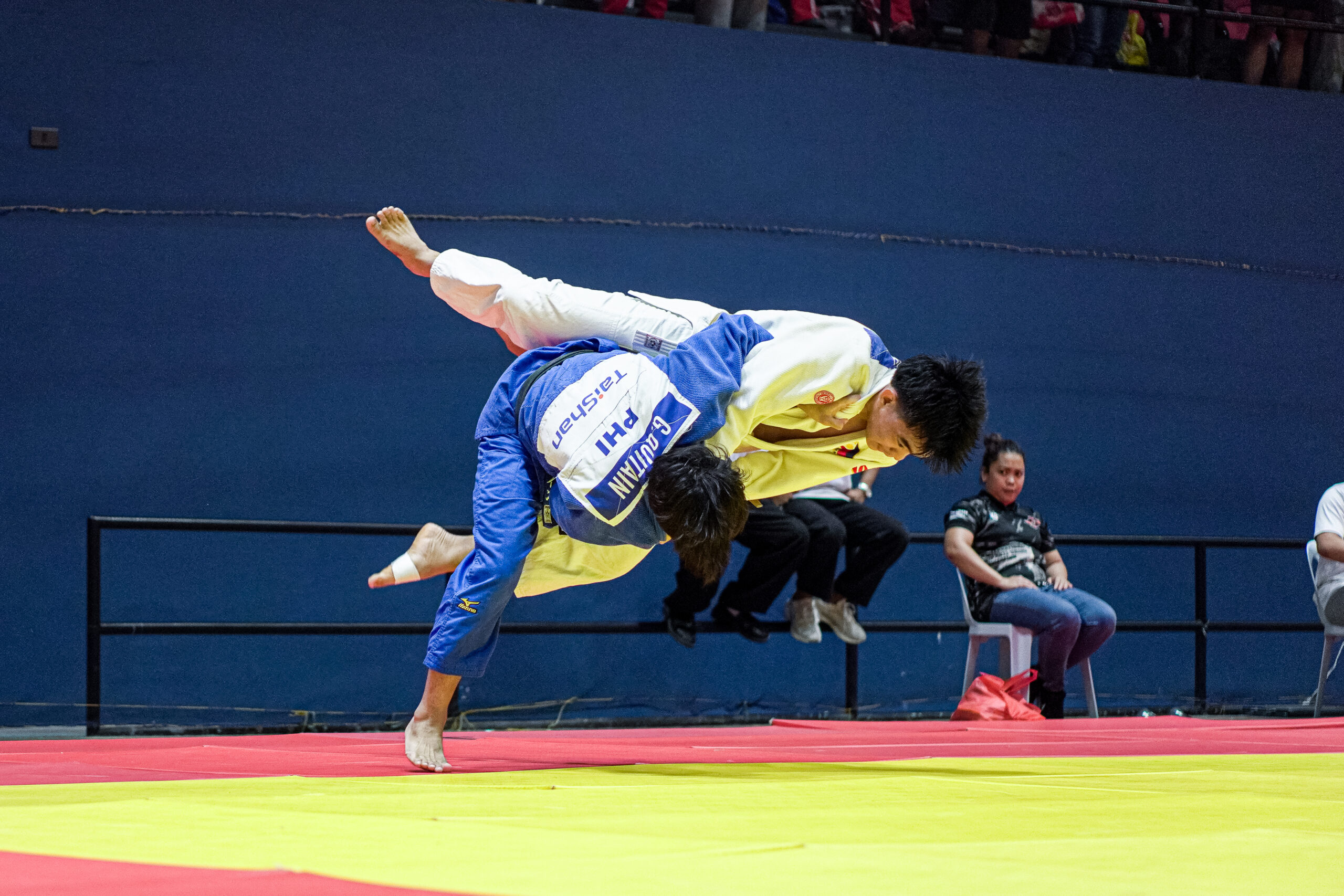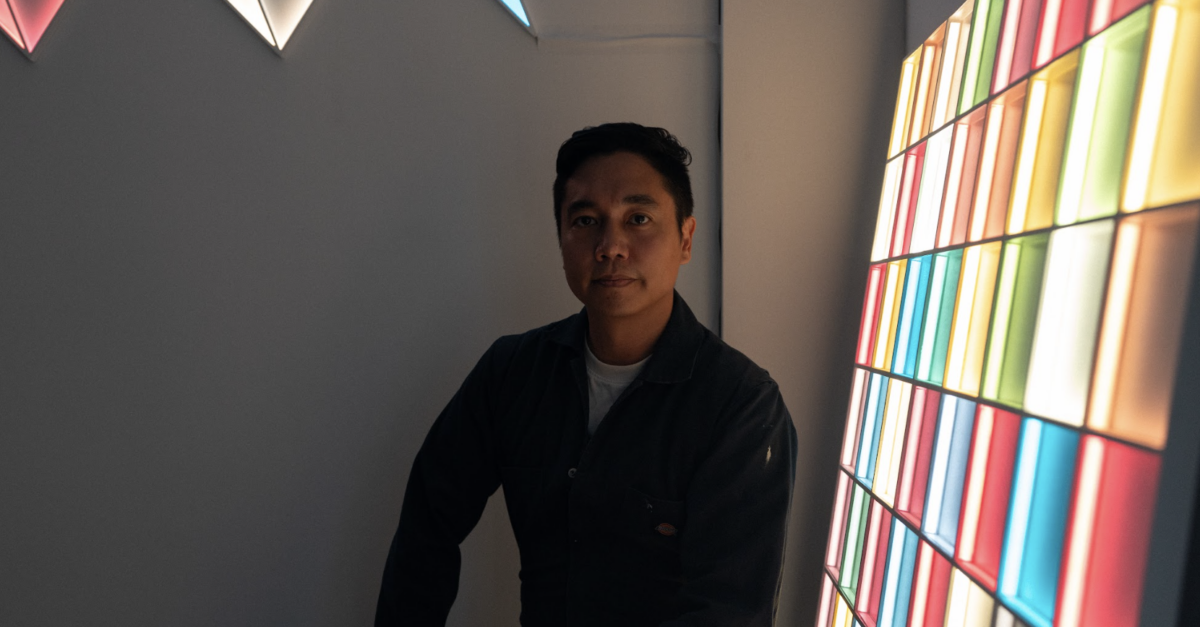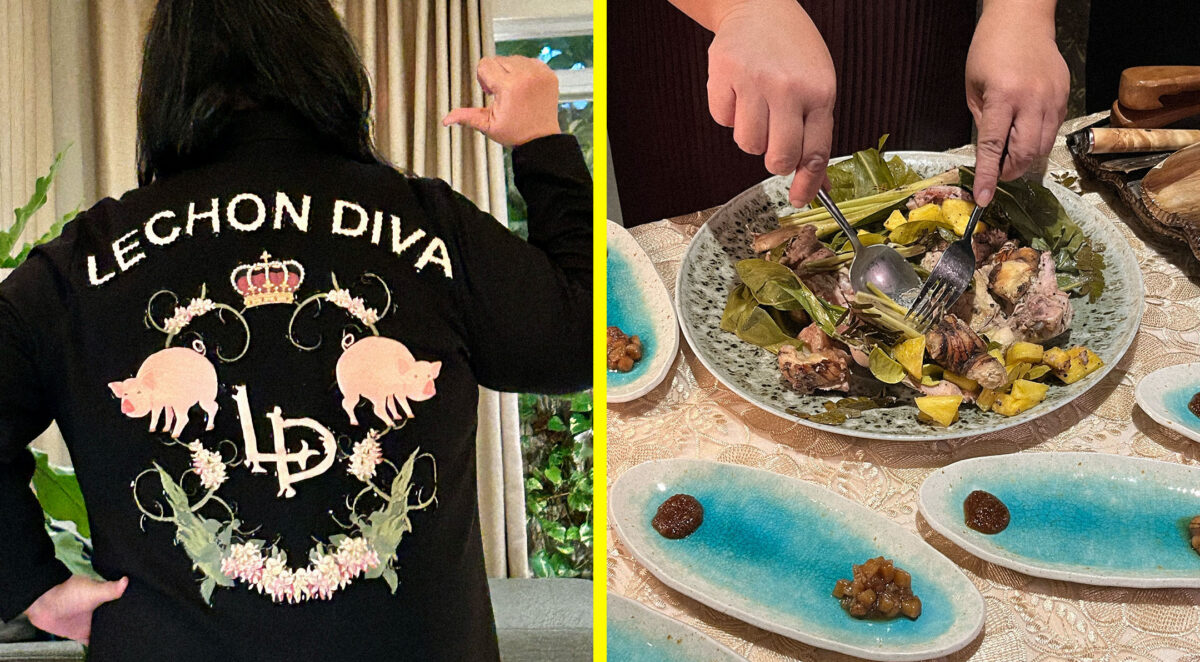In his final moments, the man who dedicated his life to the Philippines found for himself a love of his choosing
“Farewell my sweet foreigner, my darling, my delight.”
Jose Rizal, in his final poem entitled “Mi Ultimo Adios” (My Last Goodbye), bid farewell not only to the Philippines and his brothers-in-arms but also to his final and greatest love Josephine Leopoldine Bracken.
Rizal’s romantic exploits are widely known—from his 11-year correspondence with childhood sweetheart Leonor Rivera to Nellie Boustead, the damsel our national hero fought Antonio Luna over for. Yet, his relationship with Bracken would be his most unexpected.
In 1892, Rizal was sent to Dapitan to live in exile. By then, he had gotten the Spaniards’ attention because of his separatist novels “Noli Me Tángere” and “El Filibusterismo,” which made him inadvertently the proprietor of the Philippine Revolution.
READ: Last Katipunan seal, Rizal’s ‘ultimo amor’ sculpture emerge in León Gallery auction
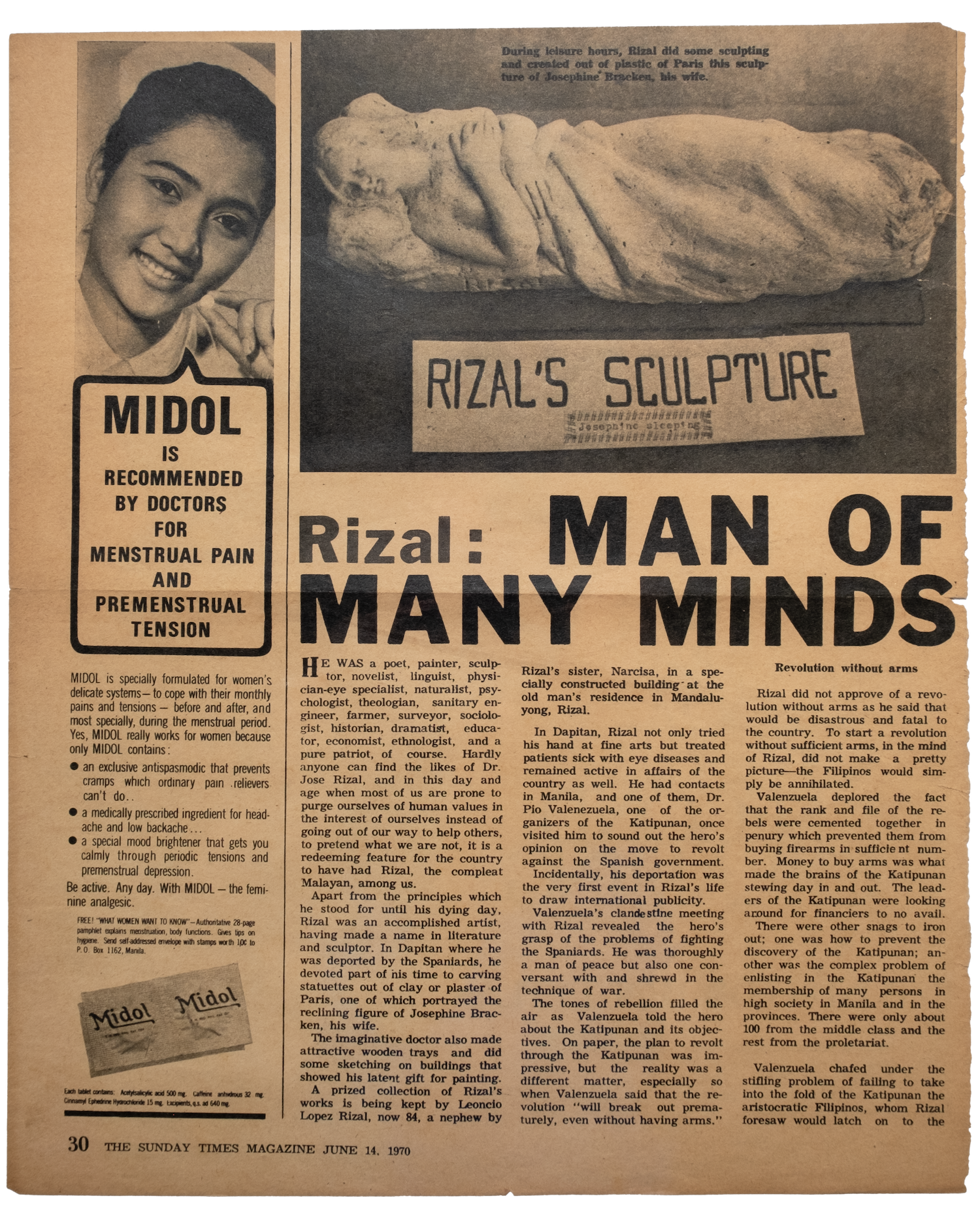
In Dapitan, using money he had won from a lottery, Rizal bought a 16-hectare lot in coastal Talisay where he opened a school, researched the local wildlife, and served as the town doctor.
“Between 1892 [and] 1896… Rizal would dance around the cold reality of his exile. He would farm the land, trade in hemp, design an unusual six-sided house and a working water system, build a school and teach, and then finally, he would allow himself to dream—a dream of love with an Irish orphan girl with blue eyes,” writes Lisa Guerrero Nakpil in “Public History, Private Lives and His Dream of Love: Rizal and the Philippine Revolution” of Leon Gallery’s The Kingly Treasures Auction catalog.
Three years later in 1895, Bracken arrived with her adoptive father, George Taufer, an English engineer from Hong Kong. Taufer had caught wind of Rizal’s prowess in ophthalmology and sought his hand in alleviating his blindness. Unfortunately, though Rizal did operate on Taufer, there was nothing he could do for his condition.
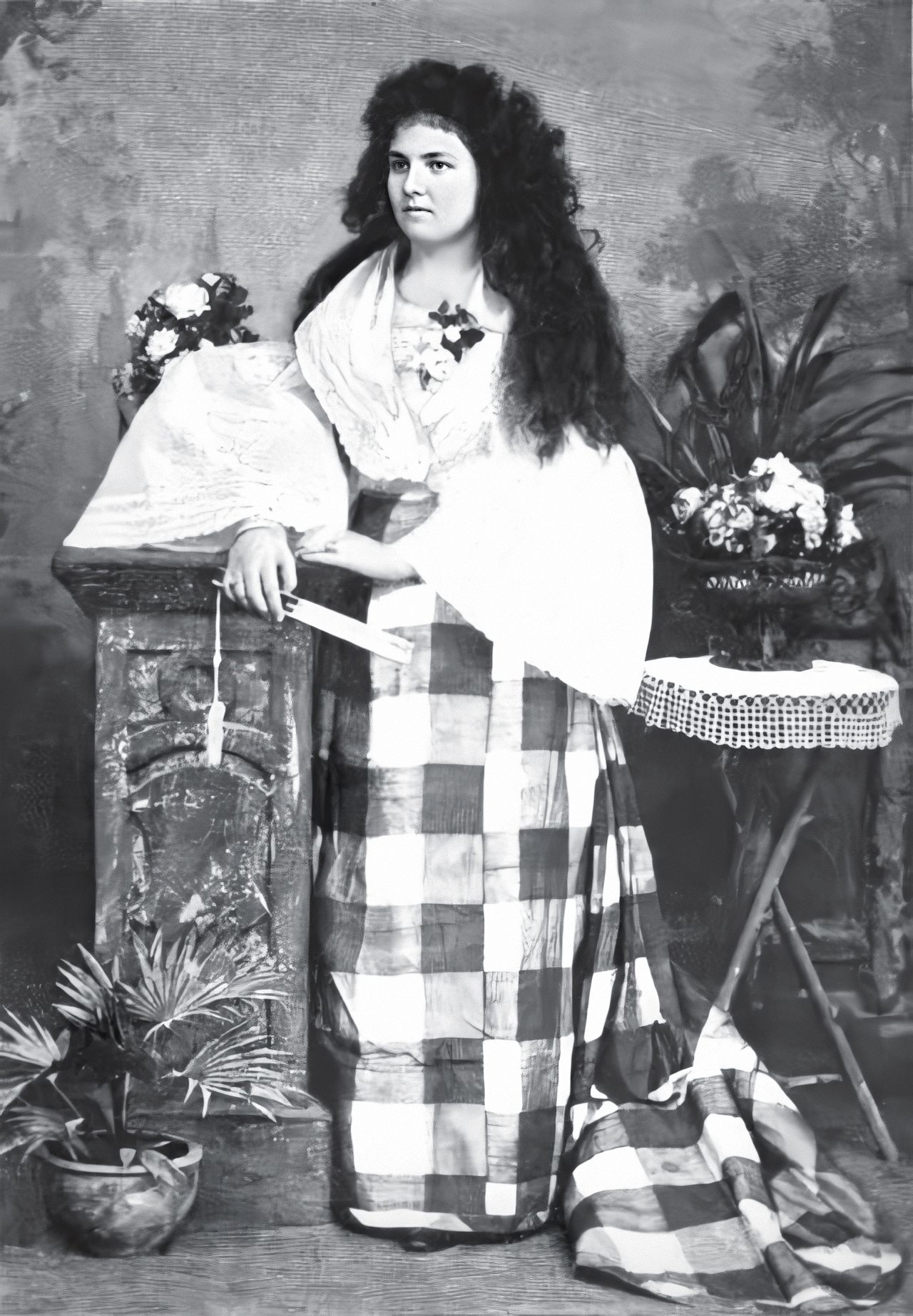
Unbeknownst to Taufer, in the brief moment Rizal and Bracken had known each other, the pair would quickly and immensely fall in love with one another. And around just a month after their first meeting, on Feb. 22, he asked for her hand in marriage to Taufer’s protest. Despite this, Rizal and Bracken stayed together in Dapitan.
The following year, Rizal set out for Spain but was later dispatched back to Manila and imprisoned in Fort Santiago. Rizal and Bracken were then wed on Dec. 30 1896 at 5 a.m., just two hours before his execution.
“In the life of Rizal, Josephine Bracken plays a special part… that has been too long deprecated and obscured… She is the one woman whom Rizal loved; Leonor Rivera was a boyish fancy, the nostalgic phantom that haunted fitfully his years in exile; all the rest: Consuelo, Suzanne, Gertrude with her breakfast tray, Sei-ko and her tales of the samurai, Nellie the proselytizer, had never really made him pause in his restless journeys, never really pierced the armor of his cold passion for his country and her rights and liberties,” writes Leon Ma. Guerrero, in the “The First Filipino: A Biography of Jose Rizal.”

But “Mi Ultimo Adios” was not the only thing Rizal left regarding his beloved. More than a doctor, poet, and academic, he too was an artist who was formally trained at the Manila Academia de Dibujo y Pintura, first as a painter and later as a sculptor. He notably exhibited at the Paris Salon of 1889 where fellow artist Juan Luna also participated in.
Among the collection of artworks Rizal has under his belt, perhaps his most personal would come from his time in exile with Bracken. “Josephine Sleeping” depicts his beloved asleep atop a classical Roman-style couch draped in a blanket covering her waist down. It is an intimate look at the life he made for himself in his four years in Dapitan—and arguably a peek at the fleeting moments of selfish peace our national hero had for himself in his final years.
“If Rizal can be said to have ever loved anyone else but the Filipino Nation, then it must be said that he loved Josephine; he was her husband twice over, her open lover in defiance of all his innate propriety and sensibility; she was the one woman with whom he shared that most jealously prized of all his possessions, his name, and also his heart’s intimacies,” writes Guerrero.
“Josephine Sleeping” by Jose Rizal starts at P7,000,000 at the Kingly Treasures Auction happening on Nov. 30 at 2 p.m. at Eurovilla 1, Rufino corner Legazpi Streets, Legazpi Village, Makati City. Preview week is from Nov. 23 to 29 from 9 a.m. to 7 p.m.
The sculpture was offered to the gallery for auction by the descendants of Narcisa Rizal, Jose Rizal’s second eldest sister.
For inquiries, email info@leon-gallery.com or contact (02) 8856-2781. To browse the catalog, visit www.leon-gallery.com. Follow León Gallery on their social media pages for timely updates: Facebook – www.facebook.com/leongallerymakati and Instagram @leongallerymakati.





